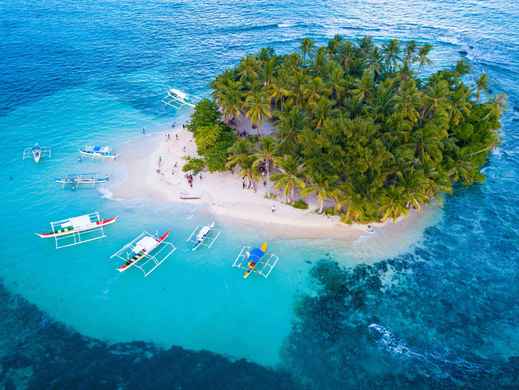


Nauru
Oceania
/
Nauru
Nauru, the world's smallest independent republic, is a hidden gem in the vast expanse of the Pacific Ocean. This tiny island nation, once known as Pleasant Island, boasts a unique landscape dominated by phosphate rock formations and stunning coral reefs. Situated just south of the equator, Nauru offers visitors a tropical paradise with its pristine beaches, crystal-clear waters, and year-round warm climate.
As you explore this Micronesian wonder, you'll discover a rich cultural heritage shaped by centuries of Nauruan traditions and the island's complex colonial history. From the fascinating Buada Lagoon to the remnants of Japanese World War II relics, Nauru presents a captivating blend of natural beauty and historical significance. Whether you're seeking a tranquil escape or an adventure off the beaten path, this remote island destination promises an unforgettable experience for intrepid travelers.

Travel Tips for Nauru
What you need to know before traveling here
Practical Tips for Nauru
Things to prepare and best way to visit
The best time to visit Nauru is during the dry season, which typically runs from March to October. During these months, you can expect less rainfall and more comfortable temperatures, making it ideal for outdoor activities and exploring the island. However, Nauru's climate is generally warm and tropical year-round, so you can still enjoy your visit outside of the dry season if you don't mind occasional showers.
Yes, most visitors require a visa to enter Nauru. You'll need to apply for a visa before your trip, as visas are not issued on arrival. The visa application process can be completed online through the Nauru government website or through your nearest Nauru embassy or consulate. It's recommended to apply at least two weeks before your intended travel date to allow for processing time.
Nauru offers several unique attractions despite its small size. The Buada Lagoon is a freshwater lake surrounded by lush vegetation, perfect for a peaceful stroll. Anibare Bay provides beautiful beaches and opportunities for swimming and snorkeling. The Central Plateau, or "Topside," offers a lunar-like landscape due to phosphate mining, which is a significant part of Nauru's history. You can also visit the Parliament House and learn about the island's culture at the Nauru Museum.
Nauru is generally considered a safe destination for tourists. The crime rate is low, and violent crimes against visitors are rare. However, as with any travel destination, it's advisable to take standard precautions such as being aware of your surroundings, safeguarding your belongings, and avoiding walking alone at night. It's also important to respect local customs and laws to ensure a smooth and enjoyable visit.
The official currency of Nauru is the Australian Dollar (AUD). While some businesses may accept major credit cards, it's advisable to carry cash as credit card facilities are limited on the island. There are no ATMs in Nauru, so it's best to bring enough cash with you for your entire stay. Currency exchange services are available at the airport and some hotels, but options are limited.
See All Practical Tips for Nauru

Explore Nauru
Create your itinerary with our top picks below

Travel Tips for Nauru

Explore Nauru
More Destination Near Nauru














 Facebook
Facebook Instagram
Instagram TikTok
TikTok Youtube
Youtube Telegram
Telegram
